Why measuring antimatter is the key to our Universe
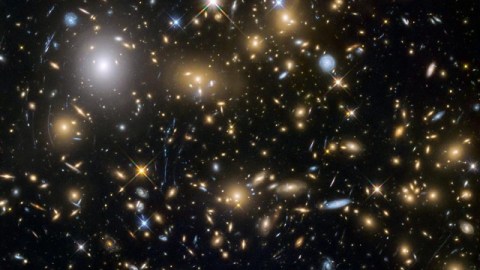
The laws of physics are symmetric, but the Universe isn’t. Something’s gotta give.
“If antimatter and matter make contact, both are destroyed instantly. Physicists call the process ‘annihilation.” –Dan Brown
When aliens come to our Solar System, hail us and send us their very first message, it likely won’t be, “take us to your leader,” but rather, “are you made of matter or antimatter?” Based on all the observations we’ve ever made, it appears that all the structures we know of in the Universe — planets, stars, gas, galaxies and more — are made of matter and not antimatter. There are signs of matter/antimatter annihilation, but the antimatter we see is less than 0.1% of the matter in all locations. One the one hand, we know our Universe is dominated by matter and not antimatter; we might be so confident in this fact that we’d be willing to shake hands with an alien without even asking the key question.

But on the other hand, every interaction that creates or destroys matter also creates or destroys an equal amount of antimatter. So how do we reconcile these two things? How do we have a Universe that exhibits perfectly symmetric interactions between matter and antimatter, yet that is made entirely of matter and not antimatter?
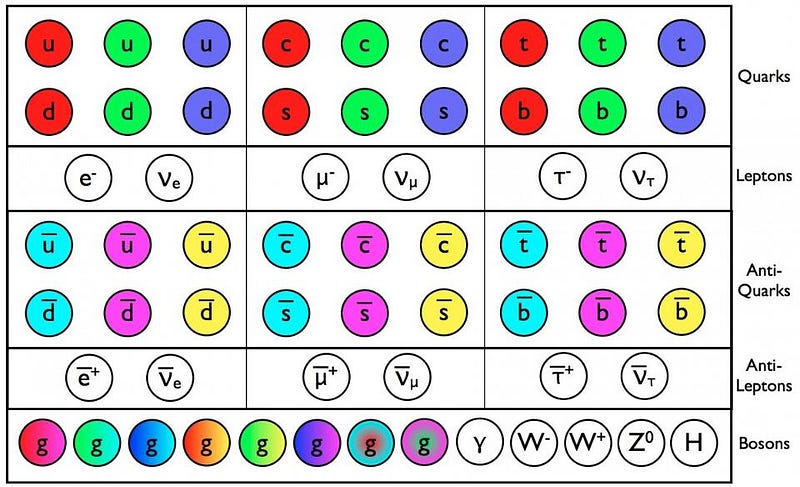
There must be something that’s fundamentally different between the two. Figuring out exactly what those differences are will be key to understanding how our Universe — complete with galaxies, stars, planets, and human beings — came to exist. We’ve been able to measure the properties of matter incredibly well for many generations. We can measure:
- its mass,
- its acceleration in a gravitational field,
- its electric charge,
- its spin,
- its magnetic properties,
- how it binds together into atoms, molecules and larger structures,
- and how the electron transitions work in those varied configurations.
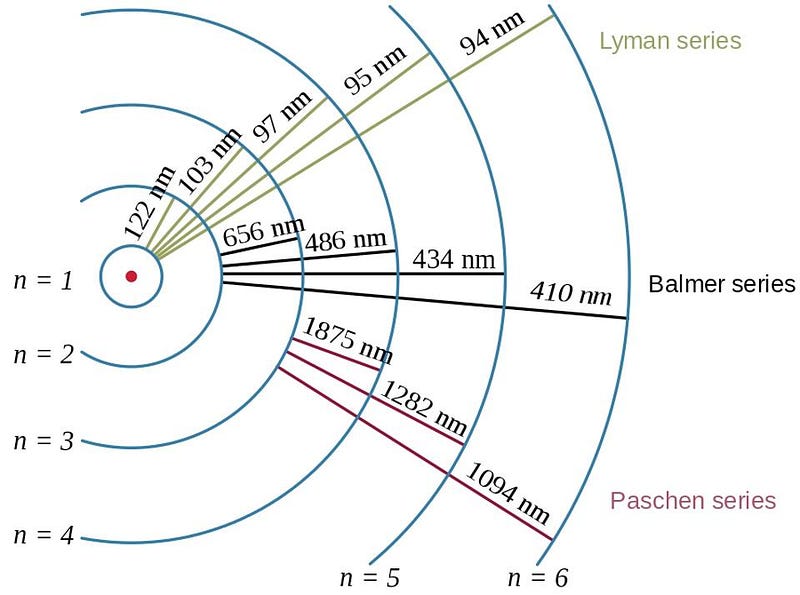
Although there are other properties we can measure — decay rates, scattering amplitudes, cross sections, etc. — those are some of the most fundamental and important ones. They tell us the basics of how matter interacts with itself and with the gravitational and electromagnetic forces. If the laws of nature are completely symmetric, antimatter should have some particular properties that align identically as follows. The antimatter counterpart of every matter particle should have:
- the same mass,
- the same acceleration in a gravitational field,
- the opposite electric charge,
- the opposite spin,
- the same magnetic properties,
- should bind together the same way into atoms, molecules and larger structures,
- and should have the same spectrum of positron transitions in those varied configurations.
Some of these have been measured for a long time: antimatter’s mass, electric charge, spin and magnetic properties are well-known. But those properties are easy to measure.
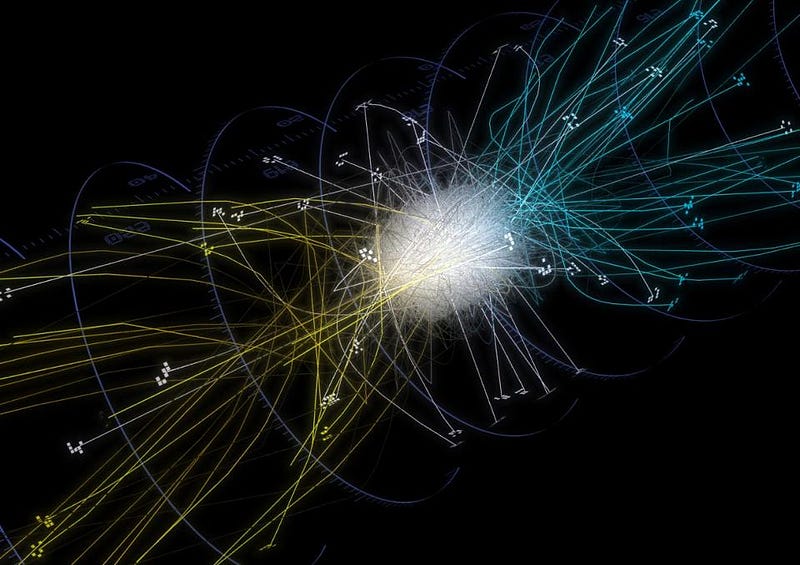
At high enough energies, it’s easy to create additional matter/antimatter pairs by colliding particles into one another. As long as you have enough free energy to make a new particle and a new antiparticle — enough E to make the new masses as given by Einstein’s E = mc2 — you can simply create both matter and antimatter. As long as the antimatter doesn’t collide with another matter particle, which would cause it to instantaneously annihilate back into pure energy, you can determine its properties from the tracks it leaves behind in a detector. Its energy and momentum, as well as its electric charge and mass, can all be reconstructed by the trails it leaves behind when subjected to electric and magnetic fields.
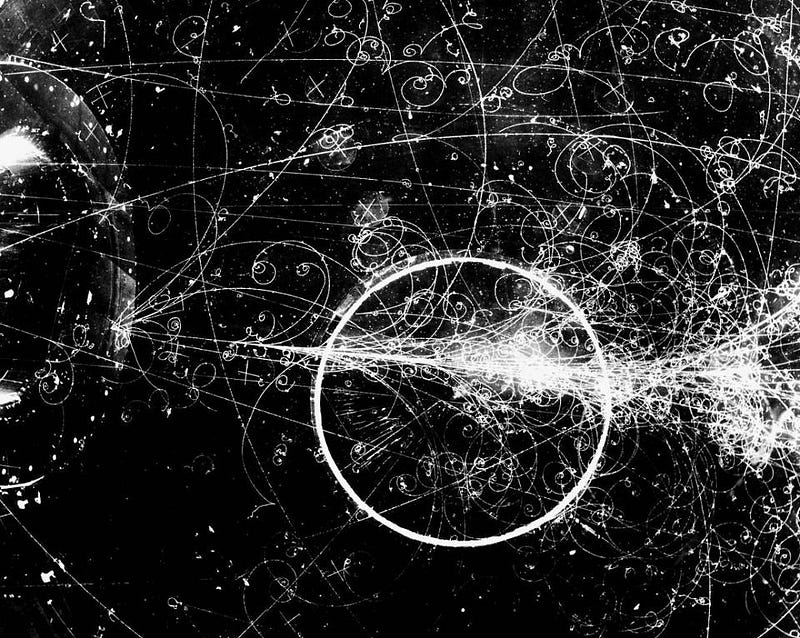
But because of its volatility, and how easy it is to destroy, antimatter is difficult to keep alive for a long time. You have to isolate it from any matter it would come into contact with. You need to slow, cool and confine it. And you need to coax it into binding with other, oppositely charged, equally precarious antimatter particles if you want to form anti-atoms. Remarkably, thanks to advances in technology and technique, the last decade has seen a remarkable set of advances on this front. We’ve been able to do that, and have created neutral anti-atoms.
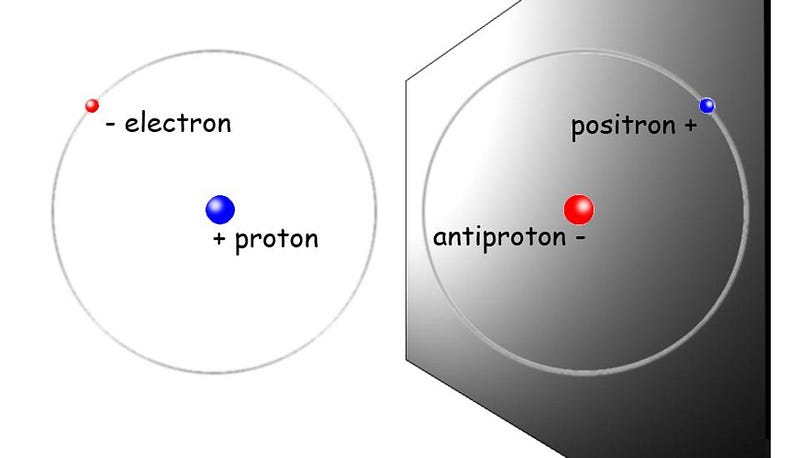
We’ve been able to isolate them and confine them, keeping them stable for over 10 minutes at a time. We’ve been able to measure their attractive and repulsive electric and nuclear forces, and are working on getting to the gravitational force. And earlier this month, for the first time, we measured the electron transitions in the anti-hydrogen atom, and determined they were equivalent in every way to the transitions in a hydrogen atom to better than one part in a billion (10⁹).

Yet the search continues. We’ve found a very subtle set of differences between the decays in the weak nuclear interaction between strange, charm and bottom quarks and their antiquark counterparts: the first hint that antimatter is different from matter. But it isn’t enough to explain why the Universe is made of matter and not antimatter. For that, we need additional physics. We need something that goes beyond the Standard Model, and beyond our standard expectations. So we continue to probe for new particles, for new interactions and for unexpected asymmetries. If we get lucky, we just might stumble upon the origin of why matter is everywhere, and antimatter isn’t.
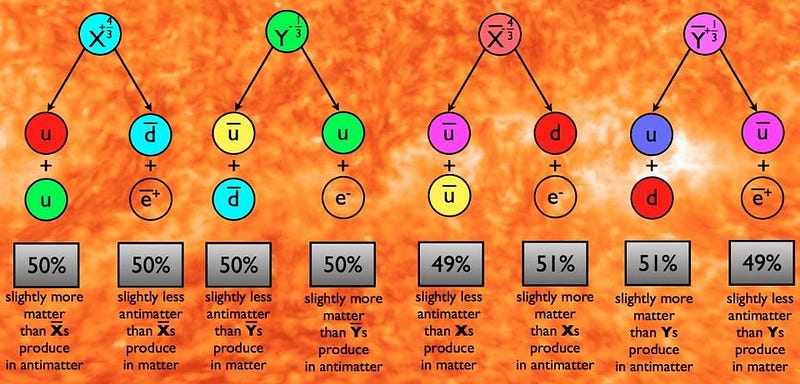
But until then, our only option is to keep stabbing in the dark. To keep searching for the next decimal place; the next subtle effect to measure; the next, more advanced nuclear or atomic configuration to test. Nature may be slow to give up the secrets that are key to our existence, but we are persistent. Continuing to investigate the unlikely — or even the impossible — is the only way we know of to uncover the ultimate truth.
This post first appeared at Forbes, and is brought to you ad-free by our Patreon supporters. Comment on our forum, & buy our first book: Beyond The Galaxy!





